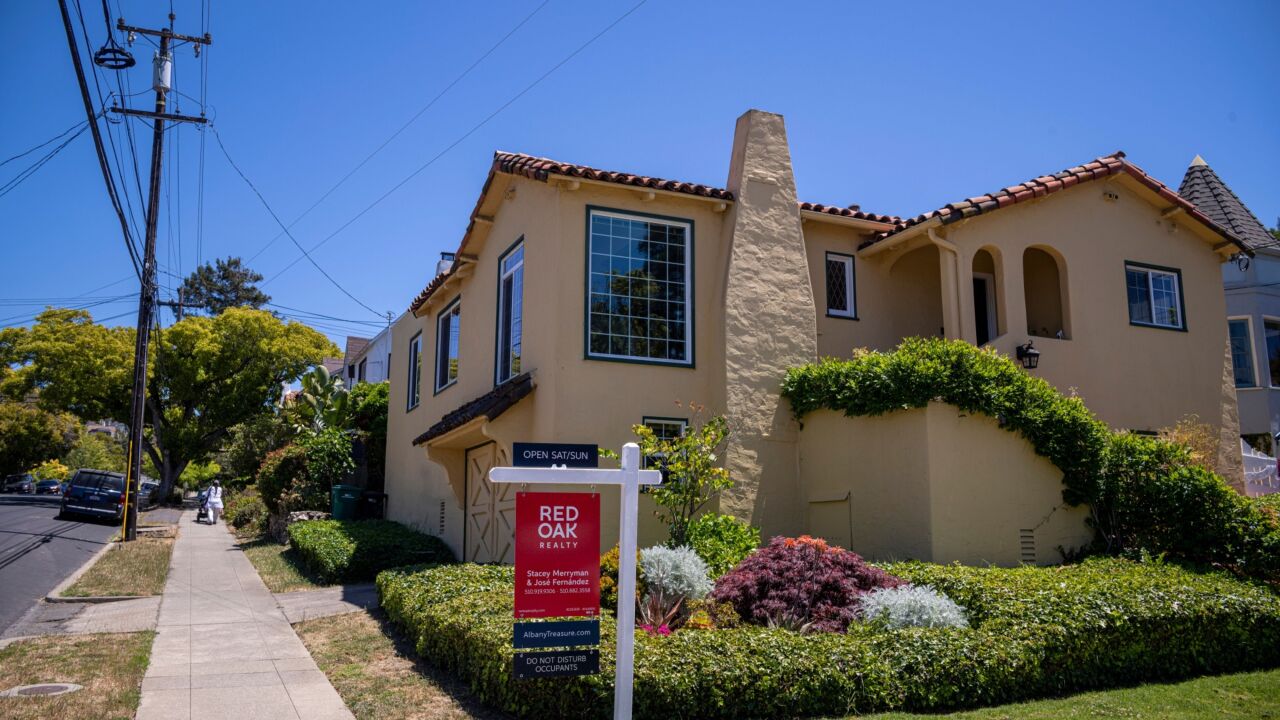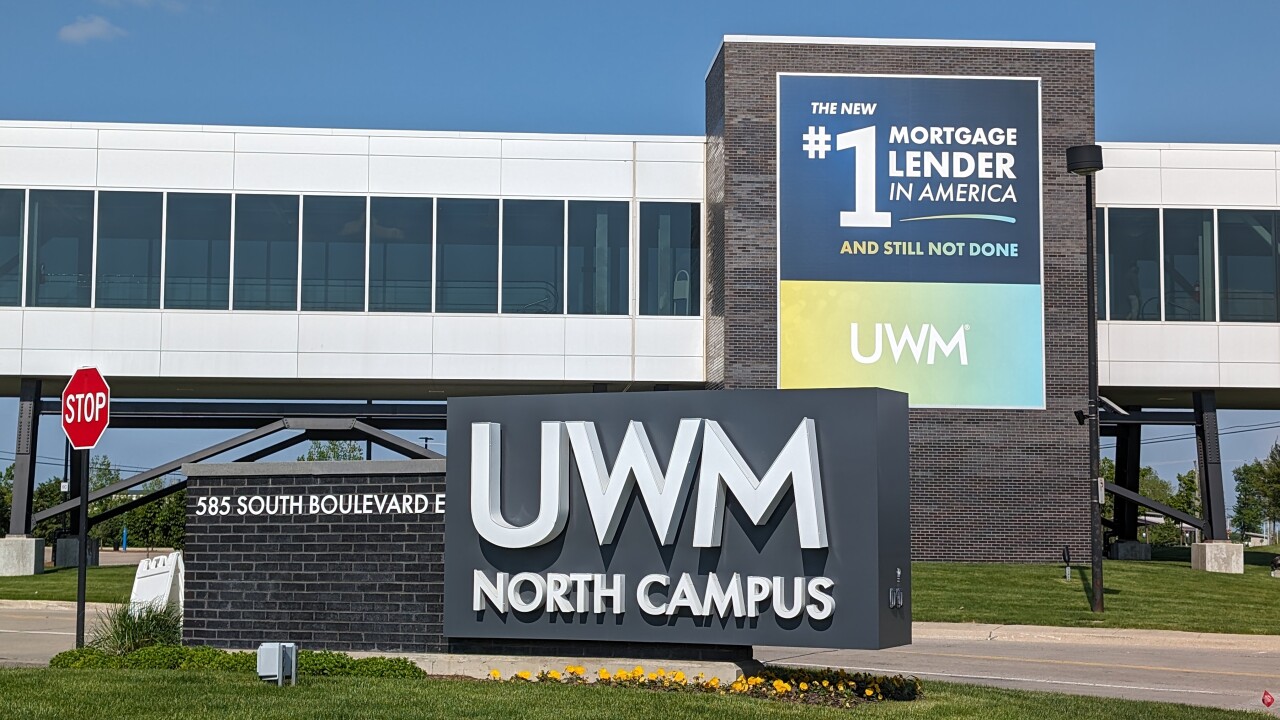U.S. consumers with subpar credit scores are borrowing at a more modest pace in recent months, a sign that lenders are trimming their sails amid mounting losses.
Data released by the Federal Reserve Bank of New York on Thursday showed that 30.4% of car loan borrowers had credit scores below 660 in the first quarter of 2018, the lowest percentage in more than seven years. At its peak in 2015, that figure hit 39.4%.
The result is that originations of subprime car loans slumped to $39.8 billion in the quarter, down 7% from the prior quarter and nearly 22% from just nine months earlier, according to the New York Fed’s latest data.
It is a similar story in credit card lending, with lenders providing less credit to subprime borrowers and focusing more heavily on better qualified applicants.

The pullback comes at a time when delinquencies on consumer loans are creeping up. Also, household debt is at an all-time high — it hit $13.2 trillion in the first quarter, according to the New York Fed — and that may be prompting concerns that some consumers are becoming overextended.
Subprime auto lending boomed in the aftermath of the Great Recession, since car owners proved more resilient than many lenders had anticipated. But as bad loans pile up, lenders are now reversing course.
The net loss rate on securitized subprime auto loans was 7.62% in March, up from 3.83% five years earlier, according to S&P Global Ratings.
The trend in credit cards is analogous, though less pronounced. During the first quarter, subprime card loans increased 3% over the same period last year, compared with 6% growth in the prime segment, according to a recent research note from Autonomous Research.
By contrast, in last year’s first quarter, subprime credit card loans were up 14% year over year. “Prime is now growing faster than subprime, and this should help ease some of the upward pressure on industry losses,” wrote Autonomous analyst Brian Foran.
In some instances, card issuers may also be reducing their exposure to subprime borrowers by reducing the size of those customers’ credit lines.
During the fourth quarter of last year, purchase volumes on subprime credit cards fell by 3%, in contrast with a 4% to 5% increase in purchase volumes on cards issued to customers with better credit scores, according to the American Bankers Association.
Nick Clements, co-founder of the comparison-shopping site MagnifyMoney, said that while credit card companies ventured back into subprime lending following the crisis, they did so less aggressively than auto lenders.
“I would say it was dabbling more than diving,” he said. “I think they pretty quickly saw that subprime is still subprime.”
The recent retreat in subprime consumer credit was evident in banks’ first-quarter numbers.
Capital One Financial in McLean, Va., reported that 34% of its U.S. credit card customers had credit scores of 660 or below, down from 37% a year earlier.
Synchrony Financial, another company that specializes in credit cards, reported that purchase volumes by customers with credit scores below 660 fell by 15% in the first quarter.
And at Santander Consumer USA, a Dallas-based subprime auto lender, average borrower credit scores were higher as of March 31 than they were a year earlier.
The reasons for the retreat in subprime lending likely go beyond just concerns about credit deterioration. For example, banks may be worried about the impact of the Federal Reserve’s 2018 stress-testing model, which is expected to result in higher projected losses on subprime auto loans.
Card issuers and auto lenders may also be taking a cautious approach because subprime borrowers are less likely to be able to tap into home equity in an emergency than they could a decade ago.
The U.S. mortgage sector continues to be dominated, as it has been throughout the post-crisis period, by consumers with good credit scores. In the first quarter, more than 91% of mortgage borrowers had scores of 660 or higher, the New York Fed reported.
“Home equity is like the dry powder that could sustain consumption during a downturn,” Beverly Hirtle, executive vice president at the New York Fed, said during a press briefing Thursday.
It is also possible that subprime consumers have a smaller appetite for credit than they did a few years ago, either because they are already stretched thin or because they do not expect to qualify for a loan.
The number of consumer credit inquiries in the U.S. fell to a 15-year low in the first quarter, according to the New York Fed. That trend could be partially attributable to slowing subprime loan demand, since consumer with marred credit histories often have to apply for multiple loans before getting approved.
The tighter supply of subprime credit is coming at a time when unemployment is low and economic growth is solid. Banks appear poised to pull back substantially further when U.S. economic conditions worsen.
“We are well aware of where we are in the credit cycle,” Martin Chavez, the chief financial officer at Goldman Sachs, said during the company’s most recent earnings call. Goldman launched its consumer lending unit in 2016 and has recently faced scrutiny about its exposure to subprime borrowers.





